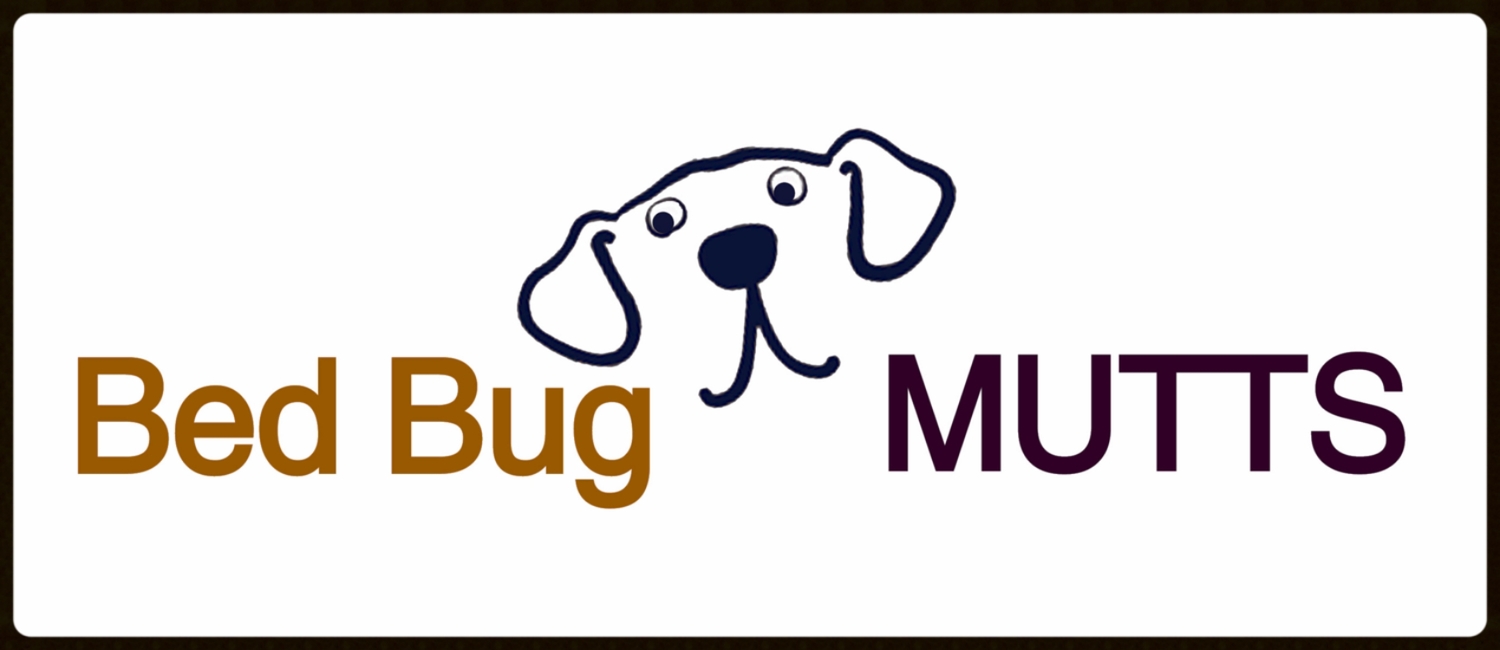Know Your Enemy
What Is A Bed Bug? How Do You Get Bed Bugs? Is This A Bed Bug?
If you can answer these three questions accurately the odds are higher you will avoid bed bugs in the future. If you are left struggling for answers, continue reading to increase those odds in your favour.
realistic composite of an adult bed bug; profile view; compare to Bed Bug Mug Shots of actual bed bug specimens - note the fine hairs are missing in this composite.
A bed bug is an insect that feeds exclusively on blood. The preferred host of the common bed bug, Cimex lectularius, is man. Bed bugs have enjoyed a parasitic relationship with mankind from the time we inhabited caves together.
The adult bed bug is small, 4 to 5 mm in length (up to 7 mm if recently fed), 1.5 to 3 mm wide, reddish-brown in colour, with an oval shaped body; this is typically flattened in appearance. A freshly fed bed bug – is engorged, appearing plumb with an increased body length up to 7 mm. The abdomen is bright red and translucent for several hours after feeding, changing to an opaque dark red-brown, almost black within a few days as digestion occurs; during this time the 'plumbness' gradually shrinks until once again the bug is paper thin.
To reach adulthood and breed, a bed bug must feed 5 times and moult 5 times. The cast skin is transparent with a golden hue, an empty shell of the complete bug. During this juvenile period, the young are collectively referred as nymphs or specifically 1st instar, 2nd instar, etc. indicating the stage of development. The nymphs resemble the adults’ general shape, though they are much smaller, from 1.5 mm to 4.5 mm and lighter in colour. With each feeding the nymph’s colour turns deeper till eventually the characteristic reddish-brown replaces the transparency of the nymph.
Nymphs hatch from pearly-white eggs that are 1.0 to 1.2 mm in length. When first laid, the eggs are sticky and adhere very firmly where laid. Once hatched, they are translucent and one end ‘cap’ is opened.
Check out our Bed Bug Mug Shots
How do you get bed bugs?
Bed bugs are often referred as ‘a pest of exposure’; easily spread from site to site by contact. The risk of transference is mainly chance and maybe a lack of inattention to one’s surroundings. If you educate yourself, becoming familiar with their habits and are able to recognize the signs of their presence, you have lowered your risk level and are in a much better position to avoid a costly infestation.
Bed bugs may also enter your premises from an adjoining unit that is infested. Competition for food, harbourage sites or mates, provide a natural stimulus for them to forage further afield and spread out – infesting adjoining units in multi-dwelling buildings. Do-It-Yourself attempts of eradication may also chase bed bugs into surrounding units by the over-application or inappropriate use of bed bug powders, sprays and bombs.
Bed bugs are not linked with poor housekeeping or personal hygiene. They may be, and have been, found in the best stores, restaurants, fitness centres and hotels.
Is This A Bed Bug?
A case of mistaken identity has significant financial and emotional impact – not to mention the hours of labour lost due to needless vacuuming and clothes drying. Professional identification is central, as all subsequent actions are based upon the label – bed bug. Unfortunately, this step is often overlooked or given cursory, amateur attention.
Keep any suspect specimens – scotch tape, hair spray, hand sanitizer – are common items which can be used to immobilize the insect. Place in a zip lock bag and either hand-over the specimen or take a macro shot with your camera (usually the flower icon) and contact a pest professional for an accurate identification. Bed Bug Mutts is happy to assist. So too are many pest control companies, entomologists, or university pest research divisions. You can even upload the photo to the forum on the Bedbugger web site for identification by one of the experts that volunteer their time to help "spread the word, not the bed bug".
Confused between bed bug monitors, traps and detectors? Read more...
What is your bed bug risk level? Manage the risk. Take control. Read more...

